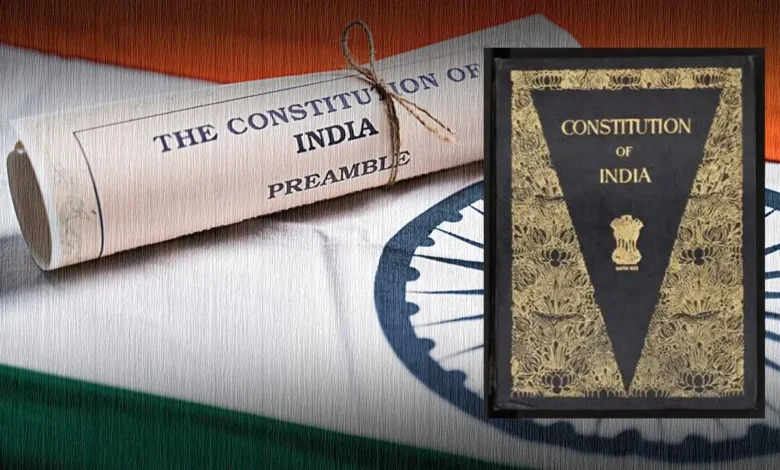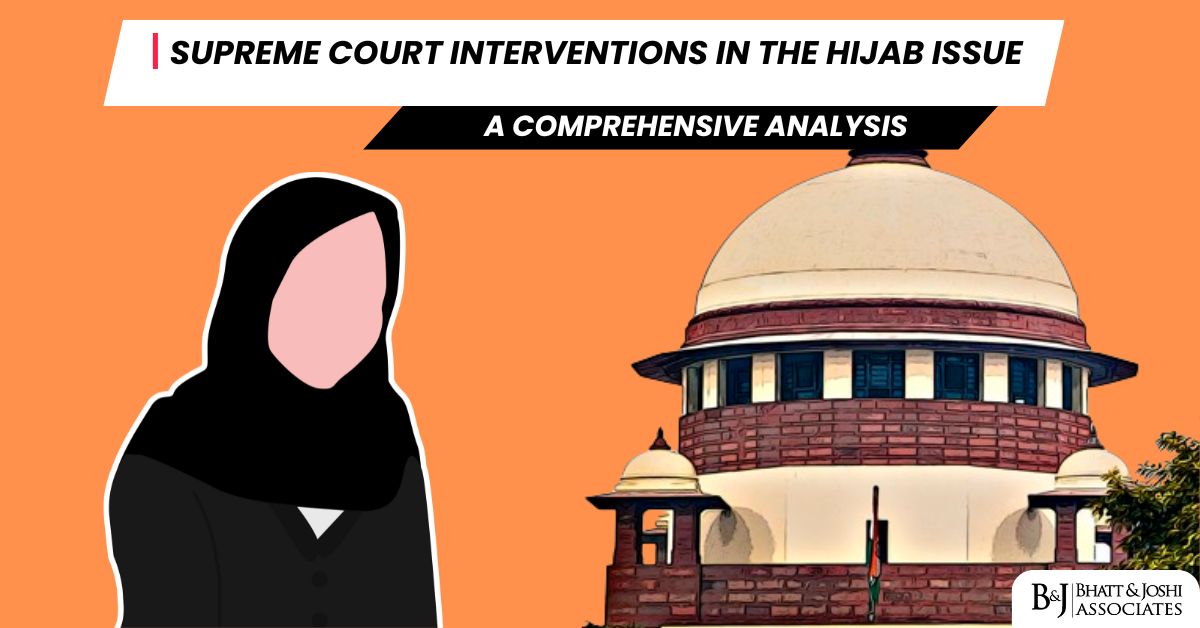Introduction
After having navigated through the legal, historical, and cultural landscapes of renaming India as “Bharat” in the previous installments, Part 4 will explore an alternative yet significant legal avenue: the constitutional resolution. While Parts 1 and Part 2 laid the groundwork by discussing the diplomatic, cultural, and historical implications, and Part 3 focused on the complexities of the constitutional amendment process under Article 368 of the Constitution of India, 1950, this article aims to examine the merits and limitations of opting for a constitutional resolution as a simpler path for effecting the name change.

In this installment, we’ll explore constitutional resolutions and their distinctions from amendments. We’ll also address potential challenges and benefit of choosing this alternative legal mechanism. This enhances the discourse on renaming India “Bharat.”
What is a Constitutional Resolution?
A constitutional resolution is a formal expression of opinion or intention passed by either the House of Parliament or a State Legislature. Unlike a constitutional amendment, it does not alter the text of the Constitution but serves as a strong expression of legislative intent. It is generally easier to pass, requiring only a simple majority.
Precedents
India has witnessed instances where constitutional resolutions have been effective in addressing issues of national importance. However, it’s worth noting that these resolutions often pertain to procedural or administrative matters rather than substantive changes like renaming a country.
Advantages and Disadvantages
Advantages
- Easier to pass, requiring only a simple majority.
- Quicker legislative process.
- Less stringent procedural requirements.
Disadvantages
- Not legally binding in the same way as a constitutional amendment.
- May lack the gravitas to effect a change of such magnitude.
- Potential for legal challenges, given its less binding nature.
Conclusion
The debate over changing the name of India to Bharat presents two primary legal pathways: constitutional amendment and constitutional resolution. While the former offers a more robust but challenging route, the latter provides a simpler yet potentially less impactful alternative. As the nation grapples with this issue, it is crucial to weigh these options carefully. That is, considering not only the legal practicalities but also the cultural and historical significance of the name “Bharat”.
This article concludes our series aimed at providing a comprehensive, legally sound, and culturally nuanced discussion on the possibility and implications of changing the name of India to Bharat. The series has endeavored to explore this complex issue from multiple angles, offering insights into the legal, cultural, and historical facets that shape this ongoing debate.













